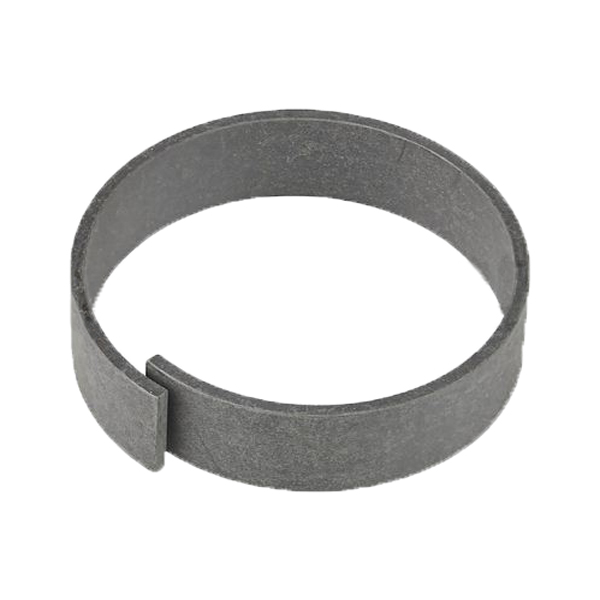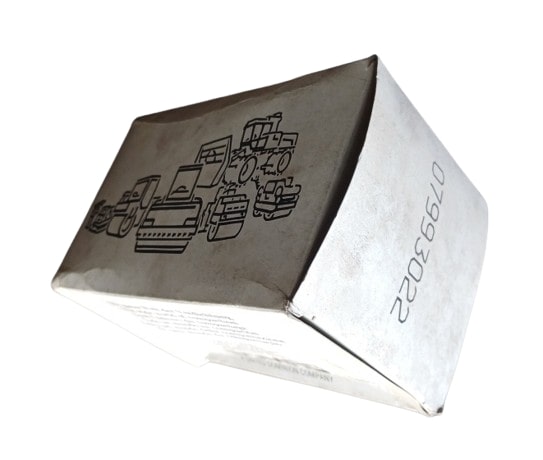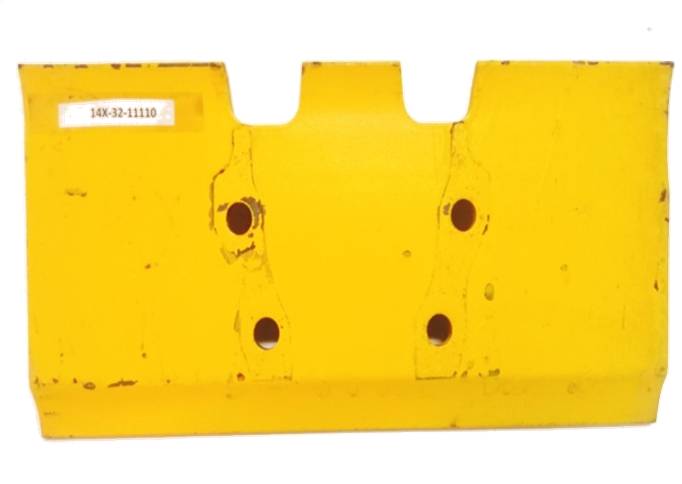Dismantled parts from PC200LC-8M0 C15621.
The arm pin of the Komatsu PC200LC-8M0 excavator is a critical component in the excavator’s attachment system, specifically in the boom-arm-bucket assembly. It acts as a pivot point that allows the excavator's arm to articulate and move, facilitating digging, lifting, and material handling. Below is a detailed description of the arm pin:
1. Material:
- The arm pin is typically made from high-strength, hardened steel, often treated through heat treatment or other hardening processes to increase its resistance to wear and stress.
- This material provides the necessary toughness to endure heavy loads, frequent movements, and high friction experienced during operation.
2. Design Features:
- Cylindrical Shape:
- The arm pin is a solid, cylindrical metal rod designed to fit tightly into the arm and boom or bucket connection points, providing a smooth pivot motion.
- Precision Machining:
- The arm pin is manufactured with precise tolerances to ensure a snug fit within the bushings of the arm and boom. This tight fit reduces excess play and wear during movement.
- Grease Grooves:
- Many arm pins feature grease grooves or channels to allow lubrication to be applied, ensuring smooth movement and reducing friction between the pin and the surrounding components.
- Pin Retainers:
- The pin is often secured with retainers or locking devices such as snap rings, bolts, or clips to keep it firmly in place during operation.
3. Functionality:
- Pivot Point:
- The arm pin serves as a pivot point at the connection between the boom and the arm, or between the arm and the bucket. As the hydraulic cylinders extend or retract, the arm pin allows these components to rotate around it, enabling the movement of the arm or bucket.
- Load Transfer:
- The arm pin must withstand significant forces as it transfers the load from the bucket and arm to the excavator's boom and main structure. The pin must handle both axial and radial forces while maintaining smooth articulation.
4. Position in the Excavator:
- The arm pin is located at the pivot joint where the boom and arm meet or at the connection between the arm and the bucket, depending on the specific pin being referred to. It is usually found in multiple locations along the boom-arm assembly:
- Boom-to-Arm Pin: Connects the boom to the arm.
- Arm-to-Bucket Pin: Connects the arm to the bucket.
5. Durability and Wear:
- Wear Resistance:
- Due to constant movement and heavy loads, the arm pin is designed to resist wear, but it can still experience wear over time, especially if not properly lubricated or maintained.
- Corrosion Resistance:
- The pin is often treated with coatings or made from materials that resist corrosion, which is important when the machine operates in wet, muddy, or abrasive conditions.
- Maintenance:
- Regular greasing of the arm pin is essential to prevent friction-induced wear. If neglected, the pin can wear prematurely, leading to excessive play in the arm, decreased precision, and increased stress on other components.
6. Maintenance and Replacement:
- Inspection:
- Regular inspections should be performed to check for signs of wear, such as scoring or elongation of the pin or bushing.
- Lubrication:
- The arm pin requires regular lubrication (greasing) to maintain smooth articulation and reduce friction. This also prevents metal-to-metal contact, which can accelerate wear.
- Replacement:
- If the arm pin becomes excessively worn, it should be replaced to prevent further damage to the excavator’s boom and arm, as well as to maintain the precise operation of the excavator. Failure to replace a worn pin can result in misalignment and increased stress on the surrounding components.
7. Critical Role in Performance:
- The arm pin plays a crucial role in the smooth functioning of the excavator's digging and lifting capabilities. A worn or damaged pin can lead to operational inefficiencies, increased wear on bushings and cylinders, and reduced accuracy in movements.
8. Signs of Wear or Failure:
- Excessive Play: If the arm or bucket shows excessive play or "slop," it can indicate that the pin or the bushings are worn and need to be replaced.
- Visible Damage: Scoring, pitting, or grooves on the pin are signs of wear and require immediate attention.
- Noisy Operation: A squeaking or grinding noise during movement may indicate that the pin is not adequately lubricated or is worn out.
Summary:
The arm pin of the Komatsu PC200LC-8M0 excavator is a precision-engineered component that connects key parts of the boom-arm-bucket assembly, allowing for controlled movement and load transfer. It is built to withstand heavy loads and frequent articulation, making regular lubrication and inspection essential for its longevity and proper function.





